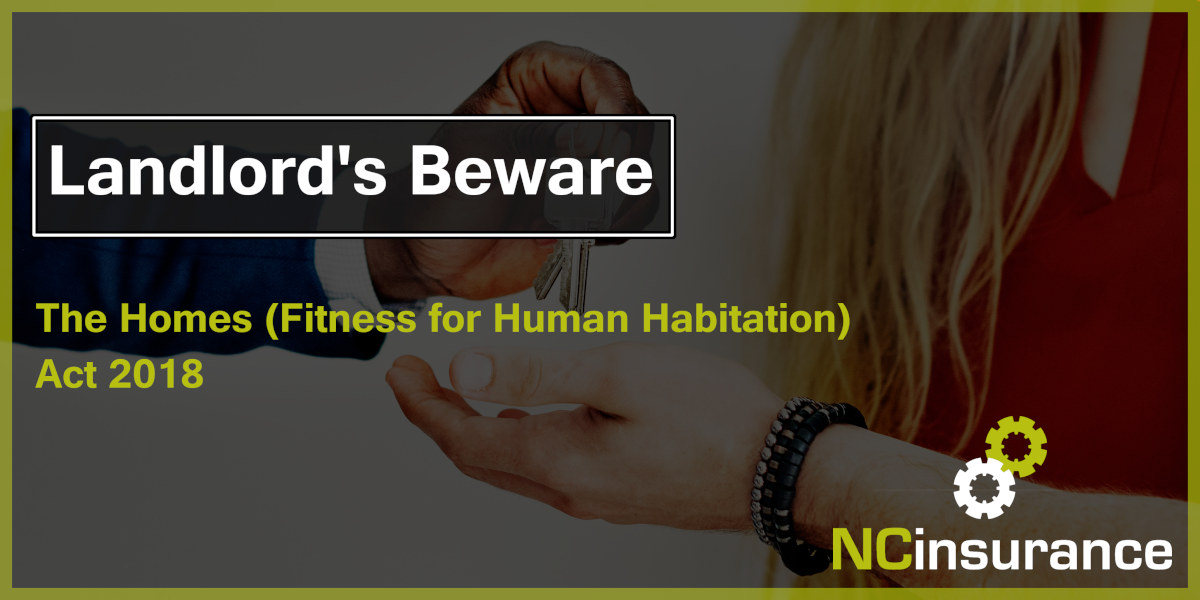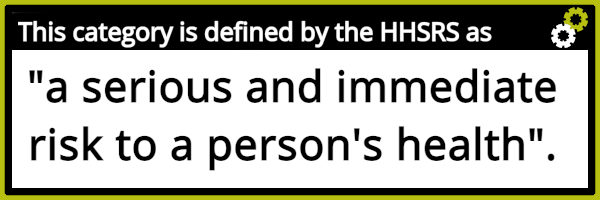
Landlords Beware: The Homes (Fitness for Human Habitation) Act
Landlords who deal with private and social housing may want to take the time to ensure that their properties meet all the required standards before the introduction of a new Act- The Homes (Fitness for Human Habitation) Act on the 20th March 2019!
The Homes (Fitness for Human Habitation) Act 2018
The new Act: The Homes (Fitness for Human Habitation) Act highlights new rights given to tenants, including the power to sue landlords who haven’t made the adequate steps to maintaining their properties and keeping them fit for human habitation.
In addition the act will offer tenants the chance to force negligent landlords to complete improvement work, if they fail to do so, they could be taken to court for a breach of contract, and even potentially claim compensation.

The Homes (Fitness for Human Habitation) Act received Royal Assent on the 20th December 2018, and when it comes into force it will amend relevant sections of the Landlord and Tenant Act 1985, through extending the terms to almost all landlords and modernising the ‘fitness for habitation’ test.
Which Tenancies are affected?
The new Act applies to private and social tenants in England when they:
- Start a new tenancy after 20th March 2019; or
- Renew a tenancy after 20th March 2019.
*Any Tenancy (or renewal) entered into before the 20th March will not be covered by the legislation, even if occupation begins after that date.*
The Act covers all tenancy contracts that last up to 7 years. This is slightly different for a contract lasting more than 7 years as this will have a break clause at two years (for instance), so it will instead be treated as a 2 year tenancy, unless the break clause applies only for the tenant.
Why is it needed?
There have been concerns for a long time that property standards in the private rented sector are below sub-standard. The 2016/17 English Housing Survey found that the private rented sector had the highest proportion of homes with at least one indicator of poor housing. Furthermore the Housing Health and Safety Rating System (HHSRS), a risk assessment tool used to assess potential health and risks to occupants of residential properties in England and Wales, reported over 244,000 social dwellings and 794,000 private dwellings to be a ‘Catagory 1’ hazard.

What makes a home ‘unfit for human habitation?
There are various issues that can render a property unsafe, such as:
- Problems with damp
- Insufficient water supply
- Poor drainage
- Inadequate ventilation
- Insufficient lighting
- Unsatisfactory cooking facilities
Whilst the HHSRS is currently under review by the government, a property’s standard of fitness will be assessed by the court utilising the 29 hazard categories provided by the HHSRS.
The new Act will give greater power to tenants, and is backed by both the Residential Landlords Association and the Minister for Housing, Helen Wheeler who commented, “Everyone deserves a safe and decent place to live, regardless of whether you own your home or rent it”.
NC Insurance
For more information on how NC Insurance can help with Landlord Liability Cover, contact us on 0191 482 1219 or visit our website.
Why not check out one of our past posts?
 |
 |
 |






